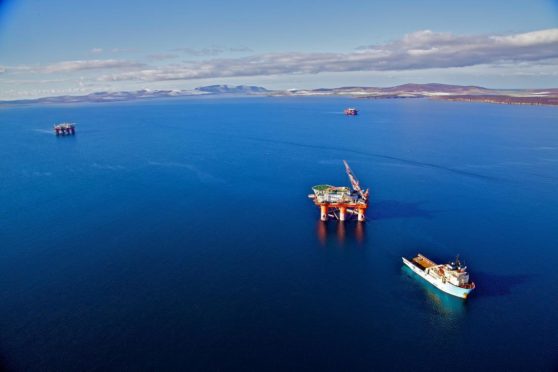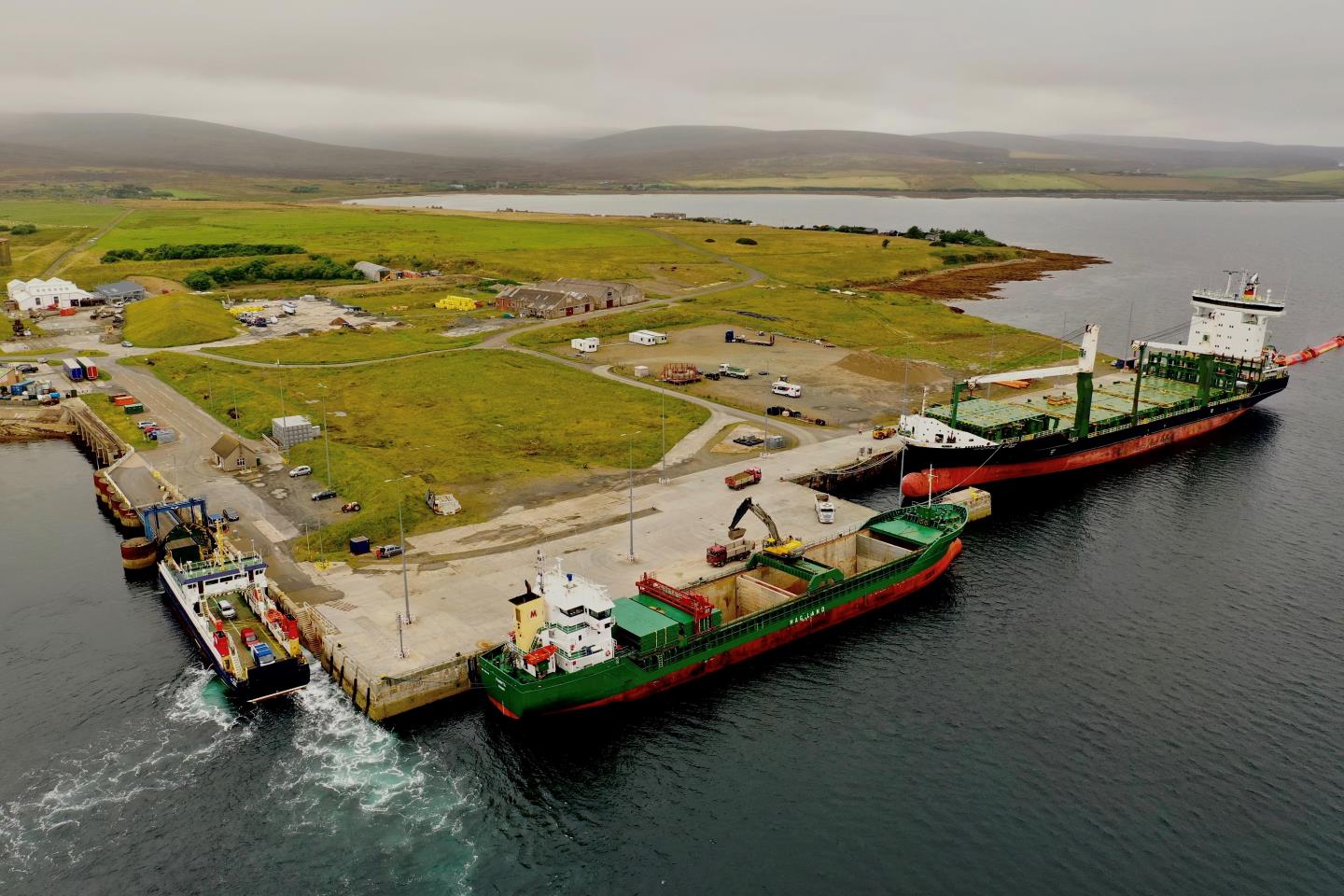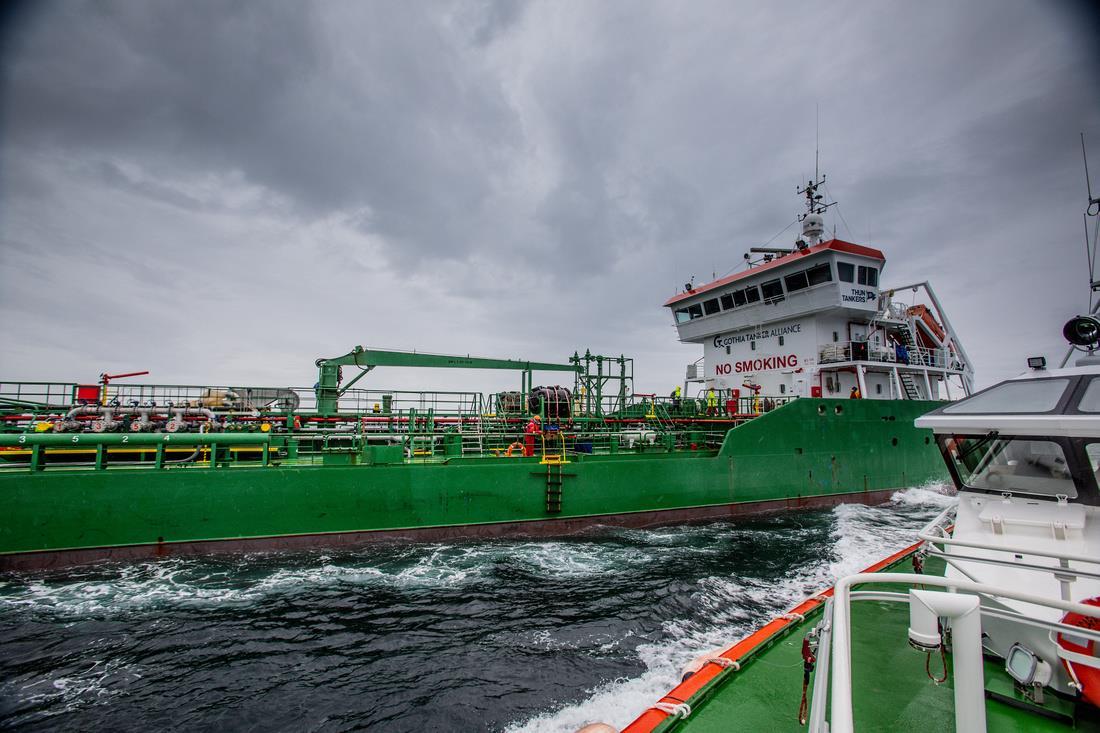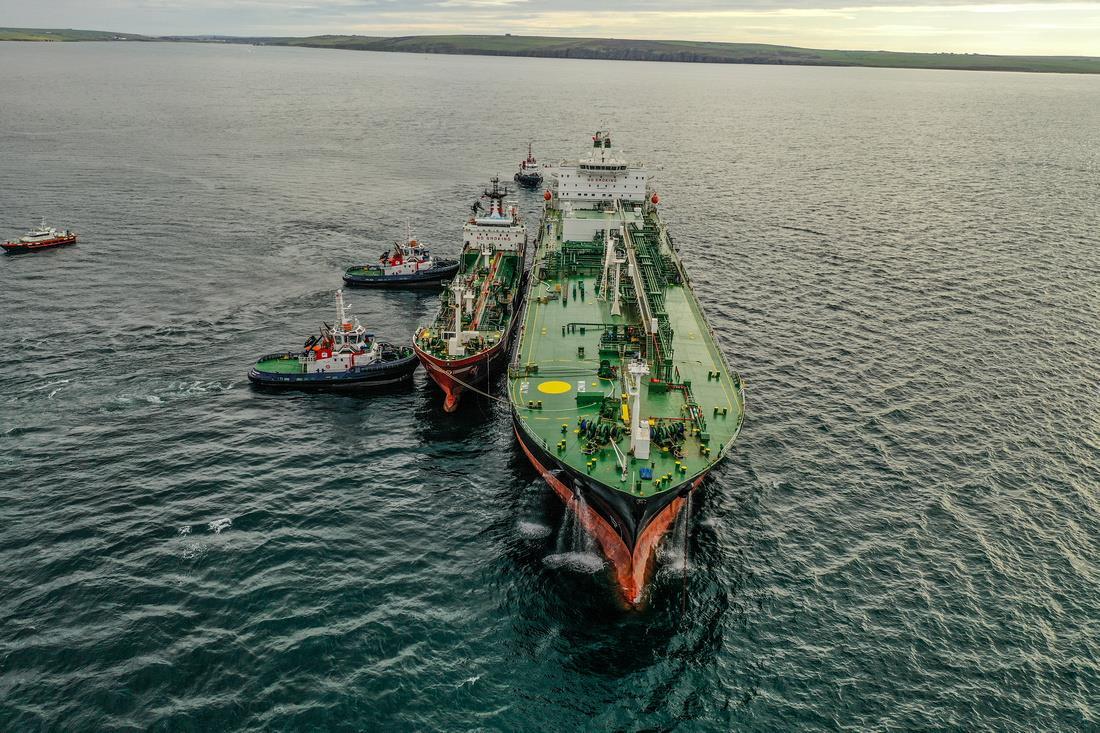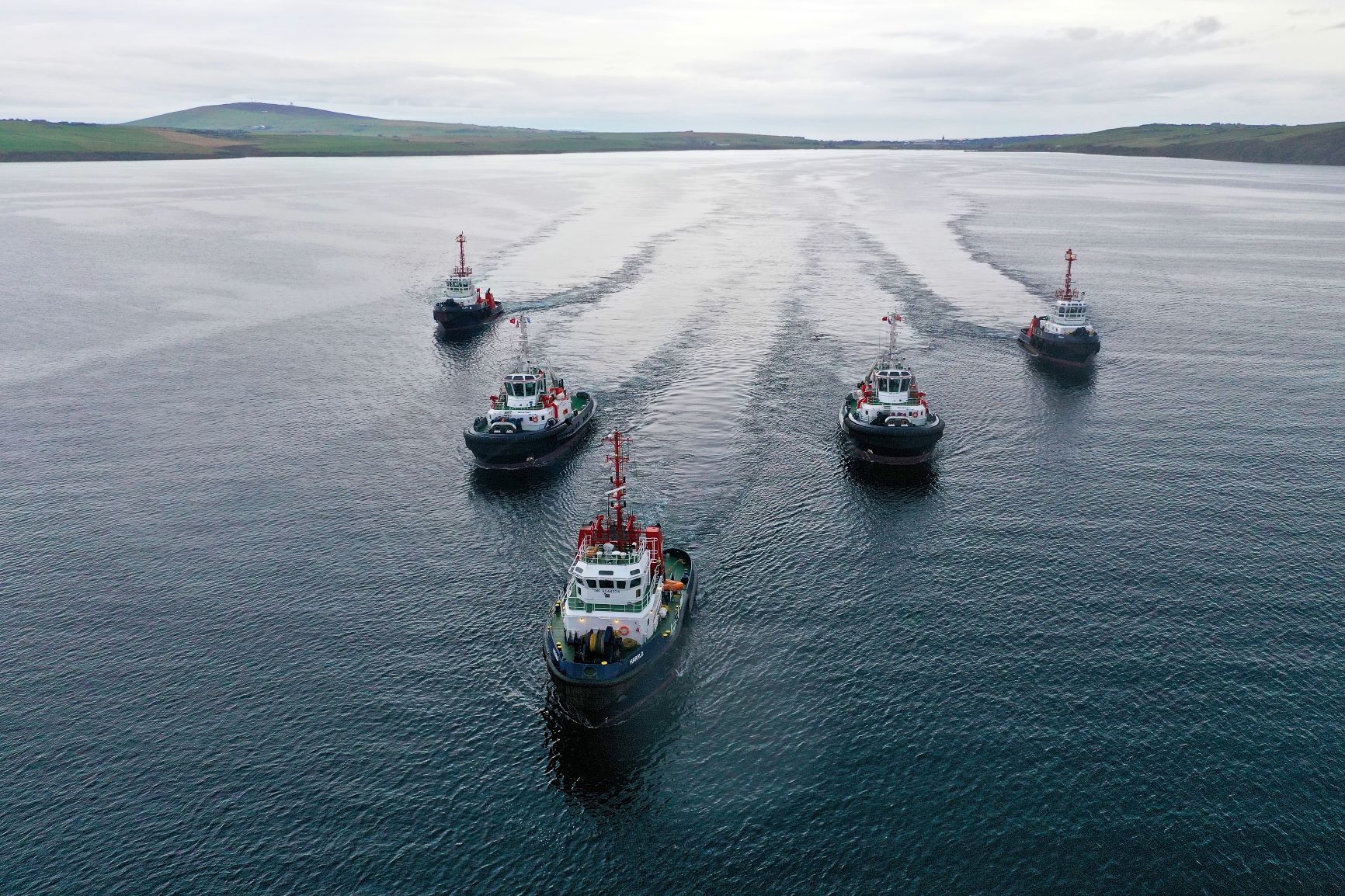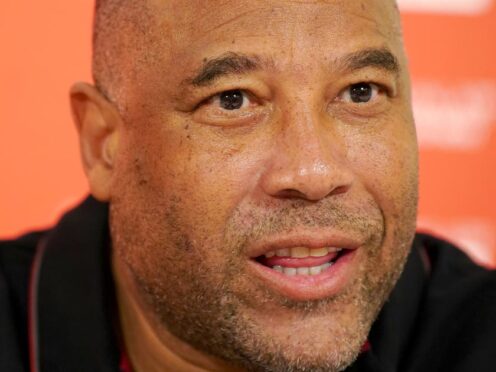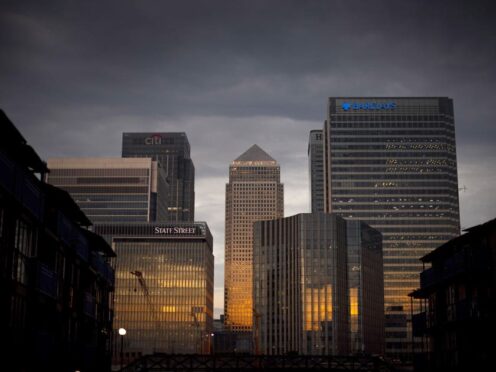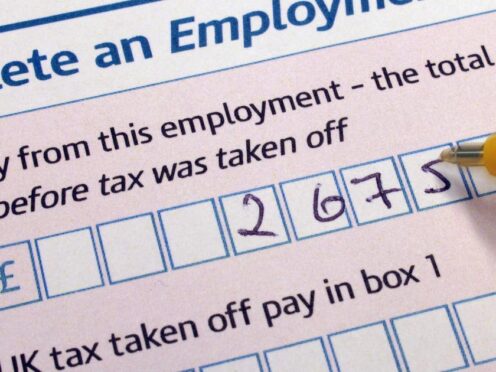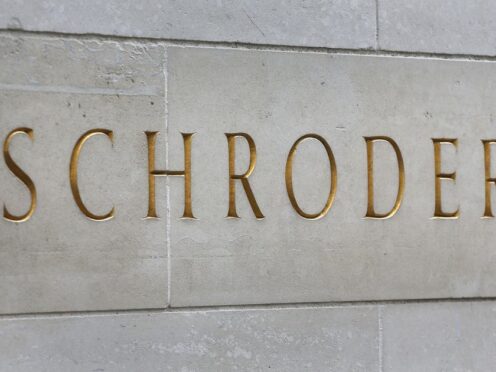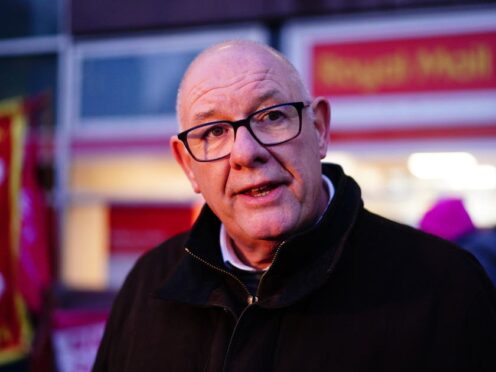Orkney has a long history of seafaring and Orkney Harbour Authority is undergoing a £300 million transformation to ensure that generations to come can continue this traditional industry.
One of the largest and most diverse municipal ports in Scotland, Orkney Harbour Authority operates 29 piers and harbours across the archipelago – including the largest natural harbour in the Northern hemisphere, Scapa Flow.
It’s natural assets and the harbour’s Masterplan, announced in August of 2020, aims to make the most of these assets.
“We’re linking our natural assets together with our harbours Masterplan, which is providing transformational facilities for the continued growth and future of not only the harbour authority but Orkney as well. It’s very much a community driven Masterplan,” says Paul Olvhoj, business development manager at Orkney harbour.
As well as benefitting the local Orkney community, it’s expected that the Masterplan will also have wider reaching consequences, too.
“Orkney is a wonderful place to live and work. We’ve got this magnificent opportunity to secure the future for the next generations of Orcadians, but also, further afield,” explains Paul.
“We’re looking at national strategic assets that will tie in for the whole of Scotland.
“Shipping is a key part of Scottish industry and life and the drive towards decarbonisation is vitally important, whether you’re looking at offshore wind but also the cruise industry. With our own towage and ferry fleets owned and run by us, we are in a perfect position to become a lead in decarbonisation of shipping and this is a narrative throughout the Masterplan.
“We’ve had 5000 years of innovation, so we’re not going to stop now.
“We’re world renowned for our test facilities for marine renewables, particularly in wave and tidal.
“So the next step then is for offshore wind, to make this a centre of excellence for the marine renewable sector.”
As Paul explains, the harbour authority knows that it needs to build the facilities and set up infrastructure to make this happen.
“Part of our Masterplan is to build a brand new quay in Scapa Flow, in deep water with 20 hectares of space behind a heavy lift quay of 575m and a water depth at the quay edge of 15m,” explains Paul.
“So you’ve got the biggest ships that can come in and handle the equipment for these offshore wind farms that will be developed through the ScotWind round of leasing, which will be around our coasts by 2030.”
These offshore sites will encompass both floating and fixed technology and Orkney is in a strategic location to support these developments.
“Those developers will need a variety of facilities to make this work and cost-effective, which will include lay down areas behind the deep water quay, operations and maintenance at some of our other sites and having such a wonderful natural asset as Scapa Flow where you can marshall your equipment,” says Paul
Another key focus is decarbonisation and reducing emissions in the harbour industry, mainly by providing carbon free fuels such as ammonia and hydrogen for deep-sea fleets of the future.
Orkney harbour is involved in a host of innovative work in this area, from the production of carbon-free fuel to the handling, storage and use of it on board vessels.
Paul explains: “You’ve got green energy from the wind farms, the green energy can then be brought ashore via cable to be the power that will electrolyse with water to produce hydrogen and ammonia.
“Then you’ll have green energy for fuelling vessels – and that’s where the innovation comes in, to build engines for those ships to be powered on hydrogen and ammonia.”
The work in this area is necessary – after all, decarbonisation is important, not just for the future of Orkney harbour, but the waters and coasts of the islands. It’s council owned and community focused, a responsibility the harbour authority takes seriously.
Paul says: “We’re not only working for the community but also overseeing the sensitive marine environment that we live and work in, and that’s very important to us.
“Clean energy is what we do want to see.
“Of course we’re famous for oil and gas, we’re the premier location for ship to ship transfer operations of crude oil and gas in northern Europe.
“That work obviously will continue but we have to make sure that we have that future planned and for us, the new facilities are critical for doing that.”
All in all, things are looking positive as Orkney harbour starts to put its £300 million Masterplan transformation into action.
Find out more and check in for the latest updates on the Orkney Harbour Authority website here.
